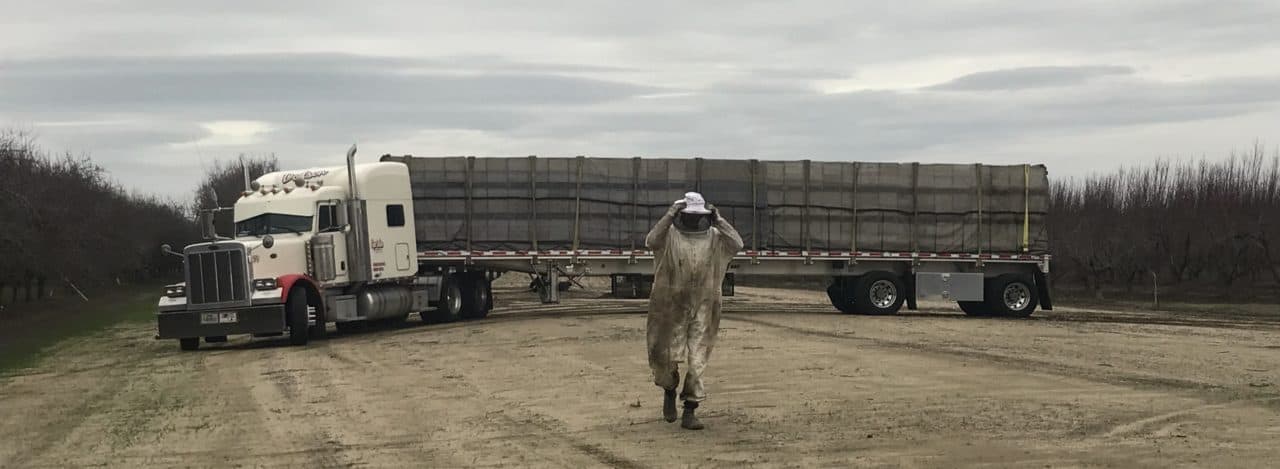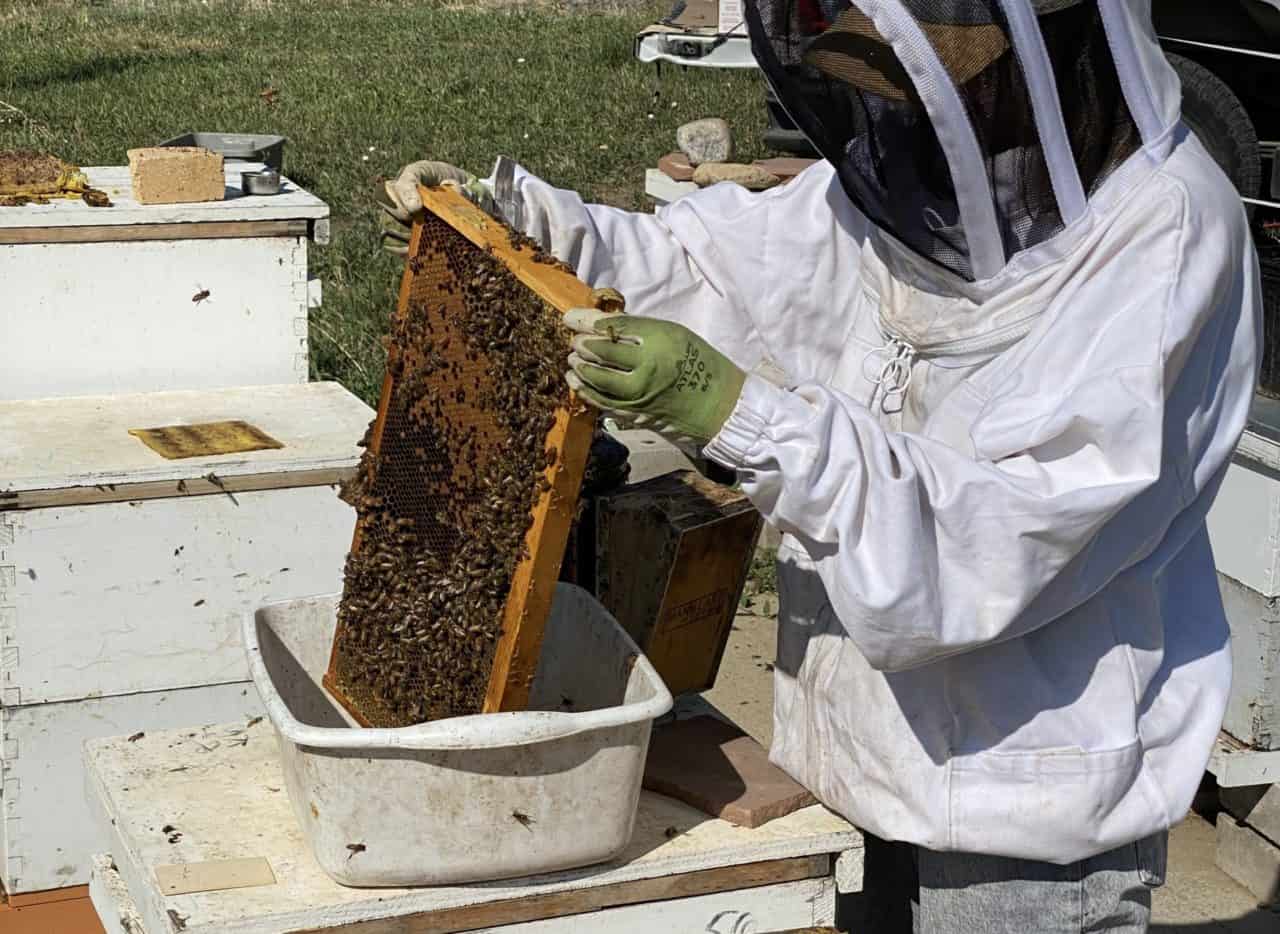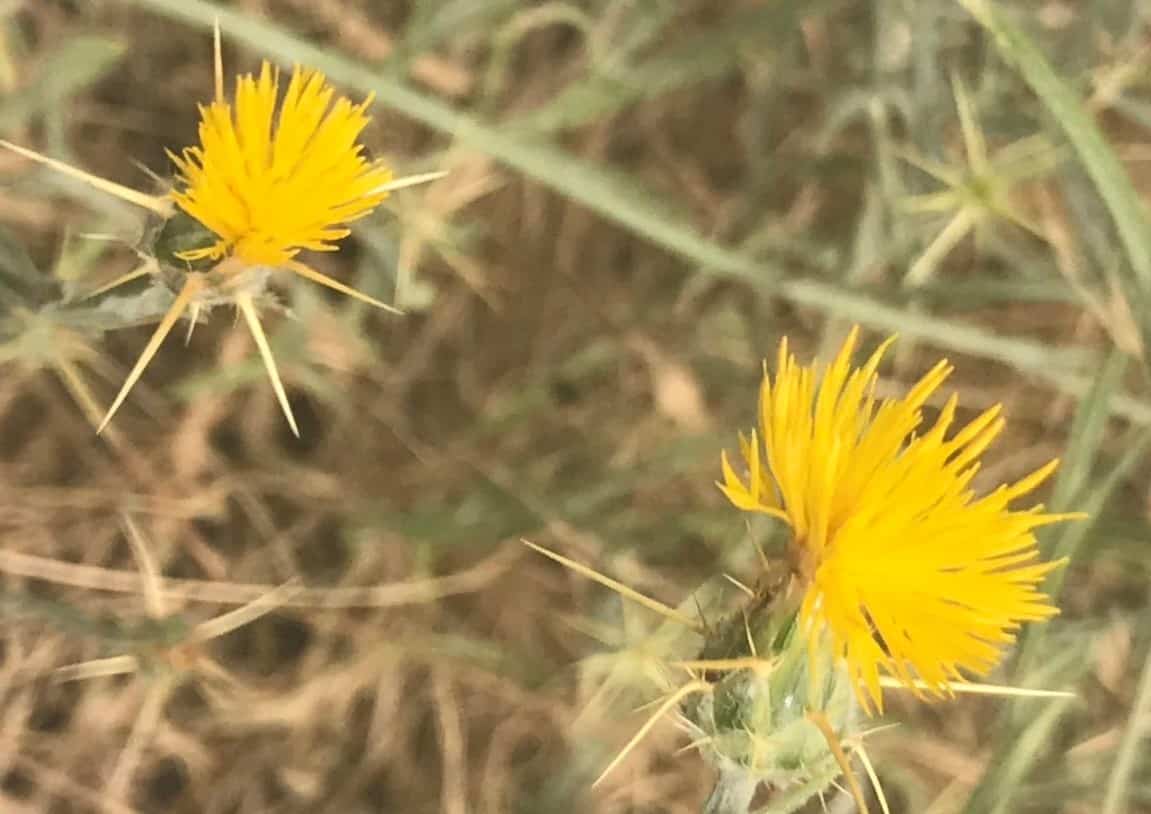Every year, beekeepers from across the continental United States move millions of honey bee colonies to California’s Central Valley, arriving just in time to tend the billions of bursting almond blossoms that require their pollination services. But have you ever really thought about what it takes to accomplish this massive migration? Colonies from every corner of the country - many hunkered down in the dead of winter, or stacked in indoor, cold storage sheds - are prepped and loaded onto semis, hauled hundreds of miles, inspected at border stations, unloaded into temporary holding yards, and then relocated once more - strategically placed amongst the almonds…
Author: Matthew Hoepfinger
Scooping Bees
To keep healthy bees, beekeepers must monitor their colonies for harmful pests and diseases. This commonly includes testing for the presence and abundance of Varroa, Nosema, and (less frequently) a number viruses and pesticides. To perform these tests beekeepers need to sample their bees. It is not that hard to sample bees, but doing it quickly and accurately is an acquired skill. Of course, there are many good methods for sampling honey bees, but most involve some form of scooping. Choosing a Frame Since all of these tests are performed using a small number of bees relative to the total number found in the colony,…
Bee Blown Away
Late summer is the time of year I start hearing about good honey crops. What most non-beekeepers do not realize is how much work goes into harvesting that honey. The first big step is to remove the bees from the honey supers. Beekeepers have several good choices for doing this task. Shaking/Brushing For hobbyists with a just few honey supers it may be easiest to shake and brush the bees off each frame back into the hive. Bring an empty super with a bee tight lid to put the brushed off frames in as you go along. You probably have a bee brush and an…
Nitrile Gloves and You
When asked "Besides a hive tool, a smoker and a veil, what is your favorite tool in the beekeeper's toolbox?" fellow BIP field specialist Dan Aurell replied with NITRILE GLOVES! There are a lot of situations where a beekeeper (especially a BIP field specialist) might want to pull on some nitrile gloves. The most obvious benefit gained using nitrile gloves is that they can help prevent honey bee stings (or just make them less severe). This fact assumes that you are already going gloveless and not using thick leather gloves. They do not prevent stings outright but they can help prevent the stinger becoming embedded…
Yellow Star Thistle Produces Green Honey
Yellow star thistle (Centaurea solstitialis) was extremely prolific in some areas of California this year. Many commercial beekeepers commented on it. One said that he hadn't seen this much star thistle in over 20 years. Personally, I saw huge fields of it all over the Sacramento Valley, from Redding down to Davis. Further south, I didn't see nearly as much as it is considered a noxious weed and invasive species, and the eradication programs may be working well in the southern regions. Yellow star thistle originates from the Mediterranean. The similar climate of the Central Valley makes it ideal for it to grow. According…
New BIP Team Perspective
Forward: For my first blog post I was asked to write about my perspective of joining BIP as a tech transfer team member. I have been in the field so much that I am just now getting around to it. I hope this blog accurately captures both the factual and emotional aspects of becoming a BIP tech team member. So here it goes... It’s About The Bees! As one of the rookies on the Bee Informed Partnership (BIP) tech transfer team, I feel incredibly lucky to have joined BIP at such an interesting time for the organization, and for the beekeeping industry itself. On the first…




